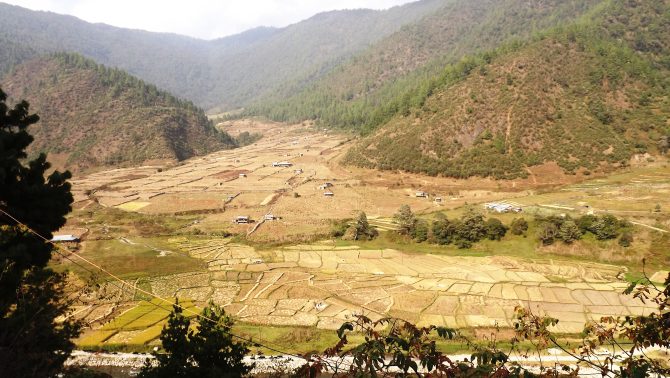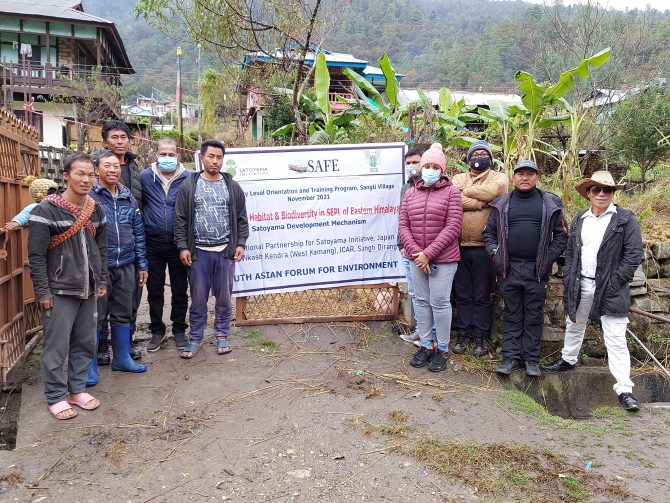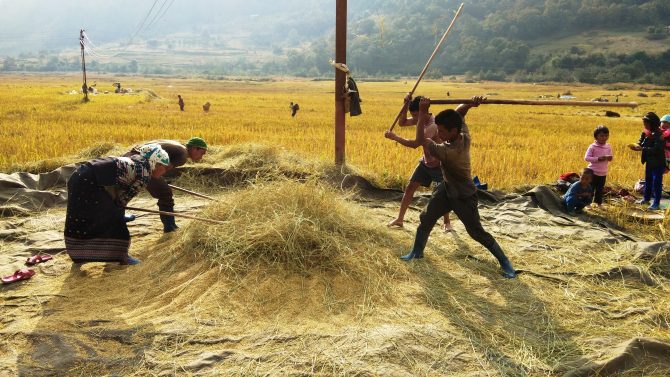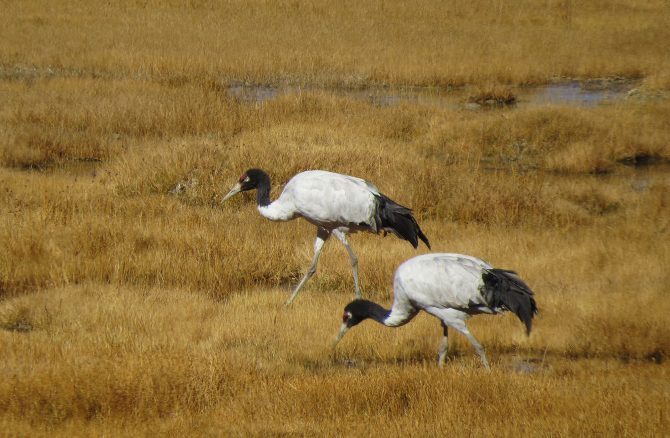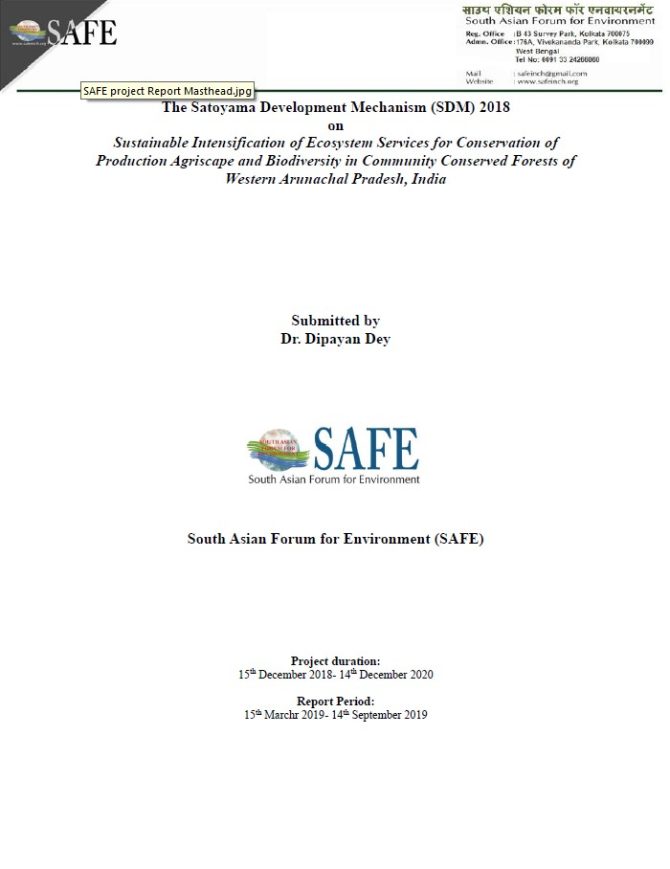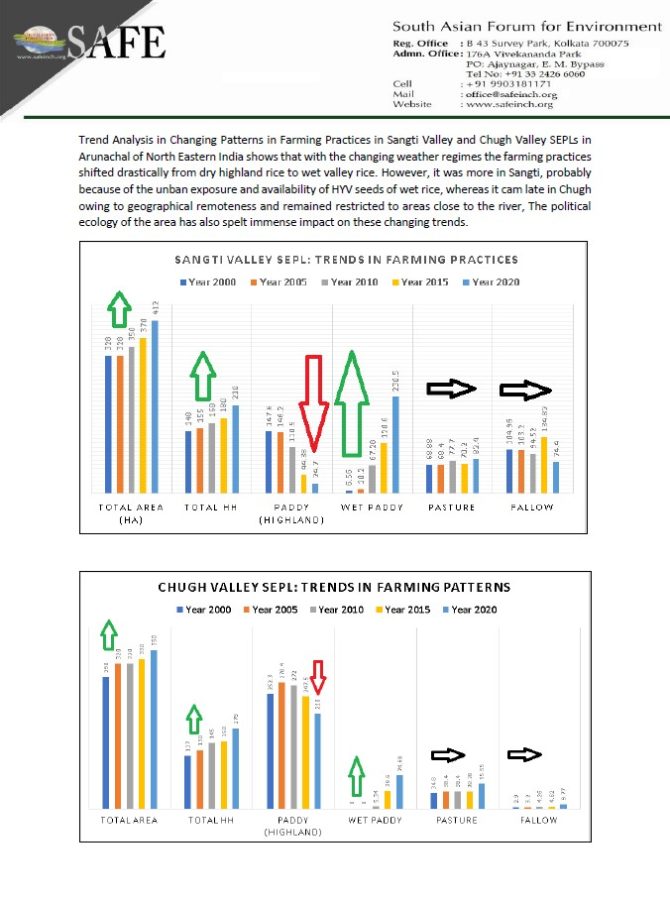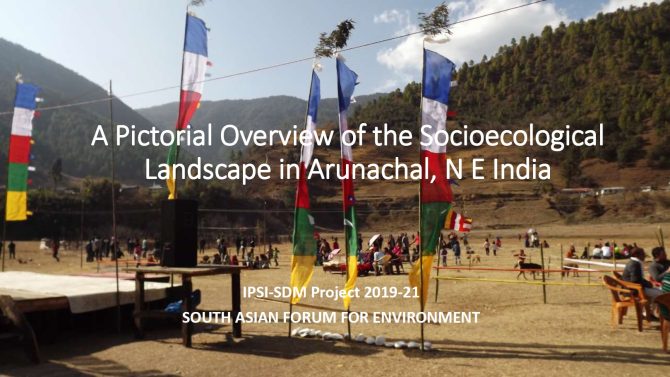2018 INDIA
Sustainable Intensification of Ecosystem Services for Conservation of Production Agriscape and Biodiversity in Community Conserved Forests of Western Arunachal Pradesh, India
South Asian Forum for Environment (SAFE)
Community / field-based implementation
Landscape
Overview
Arunachal Pradesh located in the northeast Indian Himalayas, has rich agro-biodiversity nurtured by traditional agriculture and highly diverse agro-climatic landscapes. The core agriscape encompasses Tsangyang Gyatso Biosphere Reserve and Bugun Community Reserve which contain diverse ecosystems ranging from semi-evergreen to broadleaved warm temperate forests and pine-forests, with abundant wildlife in rain-shaded areas and five tribes with diverse languages and religions, from animism to Tibetan Buddhism. Pine forests are suitable for slash-and-burn agriculture, and fire reshapes the productive farmland. The failure to manage this fire-cultivation regime and the human-animal conflicts that result from human encroachment into the wild are a major threat to this landscape. In addition, tribes using terraced rice paddies at higher elevations are at high risk of ear infertility during flowering, while those in lower valleys are experiencing heavy rains and flooding as a result of climate warming. Furthermore, black-necked cranes (BNC), an endangered bird species, roost in Sangti village on the project site during the winter. The migration of this bird depends on rice varieties, especially the fragrant red rice. Therefore, the non-cultivation of this indigenous rice causes a threat to the migratory behaviour of the BNC. In considering these issues, this project aims to achieve sustainable intensification of ecosystem services as a biodiversity conservation measure in the production agriscape of community-conserved forests in Arunachal Pradesh, to improve food security and livelihoods of the agrarian indigenous communities.
The overarching objectives therefore intended to:
1. Map the changing trends of indigenous farming practices on a geospatial platform to identify the drivers of change;
2. Assess its direct impact on local agro-biodiversity & ecosystem services and its tandem effects on local livelihood and wildlife habitat; and
3. Prepare a place-based habitat conservation framework for adaptive agriscape management through demonstrated action-research and participatory planning towards sustainable intensification of ecosystem services.
The following activities were conducted:
- Resource mapping with nature capital, aspects of practicing agriscape and anthropogenic habitation were prepared on a geospatial platform, covering 85,000 hectares, 12 indigenous hamlets;
- A detailed sociometric assessment for indigenous communities to understand livelihood vulnerability, societal attitude of conservation and level of dependence on local biodiversity and ecosystem services of the agriscape;
- Preparing an infogram depicting the changing agro-farming practices in the agriscape on a reference platform (Graphical) to understand the decadal trends, impacts on biodiversity of cultivar and non-cultivars, wildlife and habitat, as well as the status of ecosystem services therein;
- Planning and implementation of a participatory conservation programme in selected parts of the production agriscape to ensure sustainable intensification of ecosystem services through capacity building, awareness-building campaigns and technology cooperation (e.g. controlling of microenvironment by manipulating shade and water availability, genetic introgression of Early Morning Flowering trait to reduce spikelet sterility during anthesis, etc.); and
- Developing an operational guideline and conservation framework based on the societal, ecological and economic impact assessment analysis towards sustainable intensification of ecosystem services and habitat conservation as a decision support toolbox for replication and scaling up.
Key achievements
The project achieved the following:
- In situ conservation of indigenous rice variety and flora and fauna of the agriscape through rigorous training and awareness-buildling campaign among the local communities.
- Restoration of BNC through prevention of the habitat destruction and fragmentation
- Re-establishing the migratory behavioural pattern of BNC in the study site
- Conservation of ethnic or traditional livelihood scenario through regular cultivation of red rice
- Integrating the essence of tourism industry through the return of BNC to the study site
- Involving local stakeholders and institutions by creating a multi-stakeholder platform and engaging in capacity building for local women through that platform
- Institutional networking, inspiring local NGOs to install a solar powered fence around agricultural fields to stop cattle grazing
- Inspiring local youth to organise local festivals on environmental themes such as waste management and promotion of renewable energy use.
Lessons
- Agro-avian biodiversity is an intermingled phenomenon, so it must be dealt with using a holistic approach
- Community awareness using a public biodiversity register can be used as a tool for knowledge integration and dissemination
- Socio-economic facets of society can be stabilised through sustainable conservation
Project location
Organisation
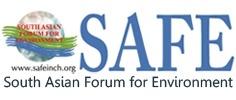
South Asian Forum for Environment (SAFE)
- Sector
- Non-governmental organisation
- Country
- India
- Website/SNS
- http://www.safeinch.org/
Related products
Geospatial Resource Map and Report
- Publisher
- South Asian Forum for Environment (SAFE)
In several parts of the world agriculture is the leading land use and considered as the backbone of the rural economy (Brett et al., 2009). Livelihood of a large share of population in the Himalayan region is still dependent on subsistence farming in the marginal hilly tracts. However, several physical and socio-economic limiting factors including poor soil fertility, marginal land holdings, water scarcity, and lack of farm mechanism have in many cases made the hill agriculture less sustainable. Comprehensive research considering both the ecological and socio-cultural problems as well as potential advantages related to the hill agriscapes is imperative for better understanding, proper resource management, and livelihood sustenance of the hill populace (Pratap, 2011). Formulation of appropriate planning and policy guideline for sustainable resource management requires land use information at pertinent temporal and spatial scales (Brett et al., 2009). In this backdrop, agricultural resource mapping, identification and plotting of the ‘practice changes’ have been made an integral part of the present study, which aimed at identifying existing resources and formulating a place-based agriscape management framework towards sustainable intensification of ecosystem services in the study area.
Decadal Changes in Farming Practices in Arunachal SEPLS
- Publisher
- South Asian Forum for Environment (SAFE)
Trend Analysis in Changing Patterns in Farming Practices in Sangti Valley and Chugh Valley SEPLs in Arunachal of North Eastern India shows that with the changing weather regimes the farming practices shifted drastically from dry highland rice to wet valley rice. However, it was more in Sangti, probably because of the unban exposure and availability of HYV seeds of wet rice, whereas it cam late in Chugh owing to geographical remoteness and remained restricted to areas close to the river, The political ecology of the area has also spelt immense impact on these changing trends.
A Pictorial Overview of the Socioecological Landscape in Arunachal, N E India
- Publisher
- South Asian Forum for Environment (SAFE)
Relevant projects
Projects of the same year
Aichi Biodiversity Targets
Aichi Biodiversity Targets
-
Habitat loss halved or reduced
-
Sustainable agriculture, aquaculture and forestry
-
Pressures on vulnerable ecosystems reduced
-
Protected areas increased and improved
-
Genetic diversity maintained
-
Ecosystems restored and resilience enhanced
-
Traditional knowledge respected and integrated
Sustainable Development Goals
Sustainable Development Goals
-
No poverty
-
Zero hunger
-
Reduced inequalities
-
Climate action
-
Life on land
